Almost all cars reckoned to be true pioneers turn out to be nothing of the sort. The Range Rover wasn’t the first luxury off-roader, the Renault Espace wasn’t the first MPV, the Volkswagen Golf GTI wasn’t the first hot hatch and none of the Saab 99, Porsche 911 or BMW 2002 was the first turbocharged road car. And the Audi Quattro wasn’t the first high-performance four-wheel-drive car.
That, of course, was the Jensen FF produced between 1968 and 1971. But like all of the aforementioned, the Quattro was the one that perfected and popularised its innovation. The problem with all previous four-wheel-drive cars, Jensen included, was that they needed to direct their power forwards through a heavy, clunky and bulky transfer box. This solution was impractical and expensive, which perhaps explains in part why just 320 FFs were built. What Audi did was find another way of doing the same thing.
It was Jörg Bensinger who realised that if you used a hollow output shaft from the gearbox, it could run into a centre differential mounted behind the gearbox, while a second shaft within the output shaft could then take the power forward to the front wheels. The need for a transfer box was bypassed and the first modern four-wheel drive system invented.
Bensinger and his team started work on this in the mid-1970s, but it wouldn’t be until 1980 that the fruits of their labour could be seen in public, in the form of a boxy coupé called the Audi Quattro. Since then, Audi has never stopped using four-wheel drive, and it has now been joined by most of the world’s other major car manufacturers.
But for Audi, four-wheel drive proved far more than just a means of halving the tractive work load of each tyre. Quattro started life as a car, soon became an automotive legend and then turned into a sub-brand, to Audi what M is to BMW and AMG is to Mercedes-Benz.

But which Quattro machine is the greatest? With hundreds to choose from and only five examples allowed, it wasn’t an easy process, especially as two places were already bagged by the original and the most recent.
Many will disagree with the chosen quintet, but I went for the final version of the original Quattro; the RS2 Avant as the first of the truly nuts estates for which Audi became so renowned; the original TT because it was a design revolution that did far more to democratise the sporting four-wheel-drive coupé than the Quattro; the Mk1 Audi R8 because, well, it’s an R8; and the latest RS6 Avant panzerwagen. I know: no V10s, no RS4, no Sport Quattro, no Audi SQ2… Okay, perhaps we won’t be shedding too many tears over that last one.
The benchmark is, of course, the Quattro. I’m old enough to have tested late 20-valve examples like the one we have today when they were new and recall most of all just astonishing point-to-point pace. But even though the Quattro had been on the market fully 10 years by then, I don’t recall it feeling old.
It does now. The strange driving position, even stranger gear ratios, arcade-game electronic dashboard and acres of hard plastic all speak of another era. The gearbox is quite clunky, while the engine is surprisingly lethargic off-boost, even for its age. At low speeds, it feels quite awkward, rattly and cumbersome. A disappointment, you might even say.
But then the revs rise and you hear that noise (how to describe it without saying ‘off-beat thrum’?) and discover that what has not diminished one bit over the decades is the sense of occasion. It’s still fast enough to be engaging, clocking an easy 120mph before that unforgiving shape finds it increasingly hard to bludgeon the wind asunder.
It’s still fun, too. Grip, the commodity for which it was most famed 30 and 40 years ago, is actually quite modest by modern standards and it still understeers, but the steering is lovely and the chassis is far more adjustable than I recall.

That’s not something I’d say so readily about the RS2 Avant. Like so many of the crazily rapid RS estates that followed it, the RS2 is absolutely at its best in a straight line. But it also feels from a far more recent era, for while they missed each other by just three years, the Quattro and RS2 feel a generation apart. The latter is a modern car, you might say.
It’s incomparably better built, and from far better materials. This may have something to do with the involvement of Porsche, which was in such dire financial straits at the time that it had to earn money on the side by engineering cars like the RS2 and, before it, the Mercedes-Benz 500E. Zuffenhausen’s involvement certainly explains how the output of essentially the same engine rose from 217bhp in the Quattro to 311bhp for the RS2.
The car remains as funny as ever. It looks brilliant and oozes promise as you settle into the chunky Recaro driving seat and survey those black-on-white dials. Lag is, of course, prodigious from a 26-year-old road car engine providing more than 140bhp per litre, but once it’s past about 3500rpm, it will still surprise you by how hard it hauls, and over an unexpectedly wide powerband. It hit 140mph in the same space the Quattro needed to reach 120mph.
If only it were as good at changing direction. It clings on, of course, but we must remember this was the first of the doggedly understeering high-speed Audis and old habits die hard.
The TT you enjoy for other reasons. I will take engineering over design every day, but you can’t just climb into the TT and set off. First you have to sit and survey the interior, with all of its unique and lovely touches. I understand absolutely why it was such an enormous hit: it looked and felt not like a platform spin-off sharing as much componentry with its brethren as possible but a genuinely bespoke product.

It was built properly, too. This one has done 134,000 miles and still feels taut. Perhaps the TT deserves reappraisal from those of us who were slightly sniffy about it when it was new. It’s no Porsche Cayman for sure, but its 222bhp 20-valve engine is eager, its six-speed gearbox a genuine delight and its handling more poised and less nose-heavy than I recall.
The R8 is, of course, the anomaly here: it’s the only genuine supercar Audi has made, the only mid-engined car and the only closed two-seater. And although its appearance, interior and quality are all very traditionally Audi, the way it drives is not. Indeed, for the sweetness of is engine, the precision of its manual gearbox and the deftness of its chassis, this early manual V8 car is every bit as credible a high-performance driving machine as any standard Porsche 911 or Aston Martin Vantage from the same era.
It may be rather lacking in horsepower compared with a modern R8, but it’s still plenty fast enough to register over 150mph in short order and more than sufficiently rapid to feel restricted by the confines of the public road. What’s more, unlike so many quick Audis, it’s a car of the most exquisite balance, and I mean that both literally and figuratively.
First, it’s refreshingly resistant to understeer and, despite almost unlimited traction, very happy to tuck its nose into an apex and let its rear run wide. But second, it doesn’t feel overpowered: the relationship between power and grip is spot on, allowing you to slip easily into a delicious rhythm, which is a defining characteristic of a great driver’s car.
That brings us to the RS6 Avant, which is interesting – and not just because it has 591bhp and will do 0-62mph in 3.6sec. What holds my attention more firmly is a distinct sense that, at last, Audi is trying to do this kind of car slightly differently.

Yes, it ticks all the boxes from outlandish power to outrageous appearance, but such strengths in the past have flattered mainly to deceive. However, with a more neutral set-up and a far greater feeling of agility (thanks no doubt to four-wheel steering), it’s not just comical in a straight line (it indicated 180mph with ease on Bruntingthorpe’s currently abbreviated runway) but also has something to offer on the perimeter road. It’s still not the best-handling fast wagon out there, but it has better steering, sharper turn-in and more front-end grip than any big Audi estate of my acquaintance.
So, it would be hard to overestimate the benefit to Audi of that little word ‘quattro’. It started life as a niche product with very modest ambitions and became, as Quattro GmbH, the halo brand for the entire brand. Yes, it was renamed Audi Sport back in 2016 (which I always thought a shame), but the idea of using Quattro not just as a technology for making its cars easier to drive but as standard-bearer for the marque, emblematic of its entire philosophy, has played a pivotal role in the transformation of Audi from the bit player also-ran it was in the 1970s to the enormous organisation it is today. It may not have saved the company, but it is no exaggeration to say it helped make it.
As for our famous five, it seems iniquitous to order cars so separated in time, space, performance and concept. But I’ll share with you now that there are some really good cars here and one absolute titan.
The Quattro has significance and charm, but it feels pretty limited these days. The RS2 isn’t as rounded in its abilities as you might hope, but it’s hilarious, it looks great and it’s by far the rarest. And for completely different reasons, both the TT and RS6 are far better than I expected. But that early manual R8? Wow. It’s not just a great Audi, it’s one of the finest examples of that kind of car from its or indeed any other era.
Five more significant Quattro cars

1984 Sport Quattro: The Sport is the 1984 Group B rally homologation special Quattro with mad looks and a comically abbreviated wheelbase. With 306bhp, it was the fastest Audi road car ever produced. And with just over 200 examples made, it remains the rarest to this day.

2008 RS6, RS6 Avant: Yes, this is an Audi A6 with a twin-turbocharged 5.0-litre V10 derived from the normally aspirated version fitted to the Lamborghini Gallardo. And with 571bhp, very little less 12 years ago than the new RS6 Avant has today, it was absolutely as nuts as it sounds.

2008 Q7 V12 TDI: In many ways, this is the craziest Quattro car yet, here not because it was great per se but because it remains the world’s only diesel-powered V12 production car and had 737lb ft of torque. Which meant it could tow Blenheim Palace without really noticing.

2012 RS4 Avant: For those looking for the best Quattro all-rounder made to date, look no further. It wasn’t the first to use the 4.2-litre V8 from the R8, but it was one so much sharper and more fun to drive than its predecessor. Superb looks and outstanding quality complete the picture.

2020 E-tron S: Quattro enters the EV era. Electric torque delivery means there’s a greater need for four-wheel drive, while the flexibility of layout makes it far easier to provide than before. Audi’s 40- year love affair with four-wheel drive is about to find itself a new relevance all over again.
READ MORE
New Audi A3 revealed with styling overhaul and new interior
First drive: 2020 Audi S3 prototype
Audi Sport to go electric with RS-branded E-tron GT

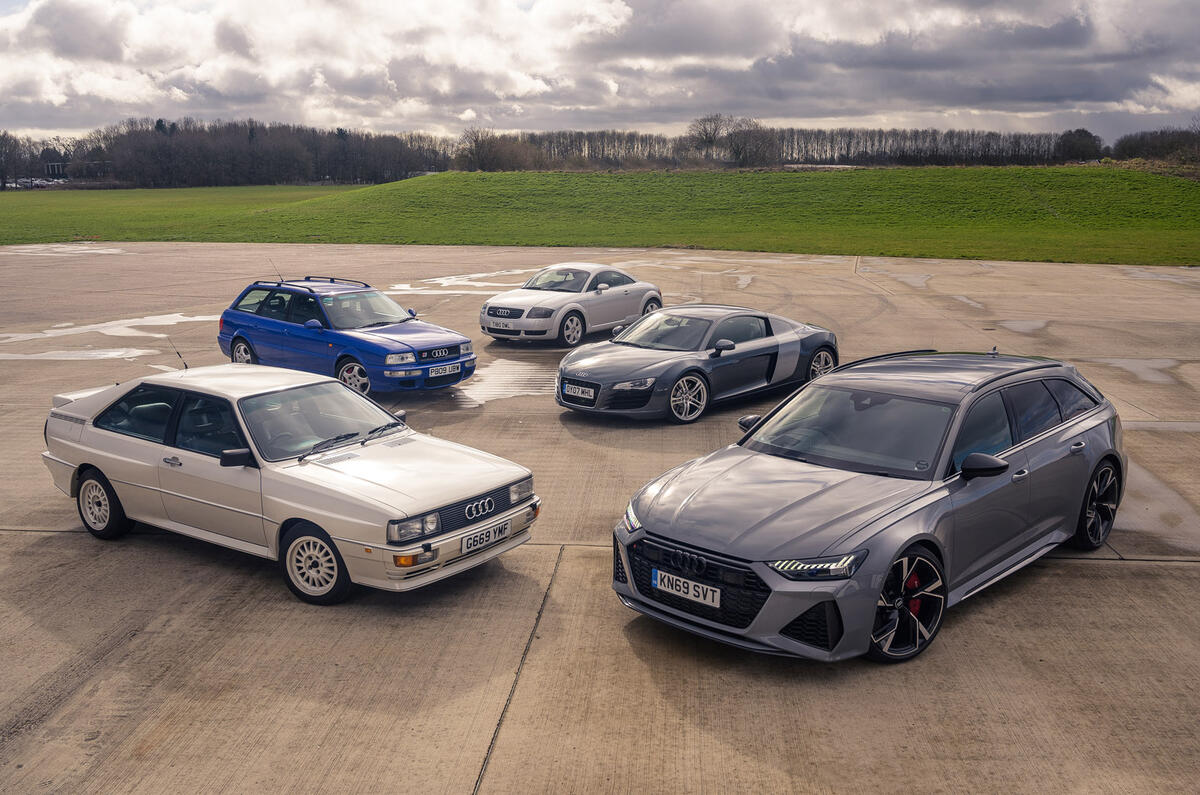
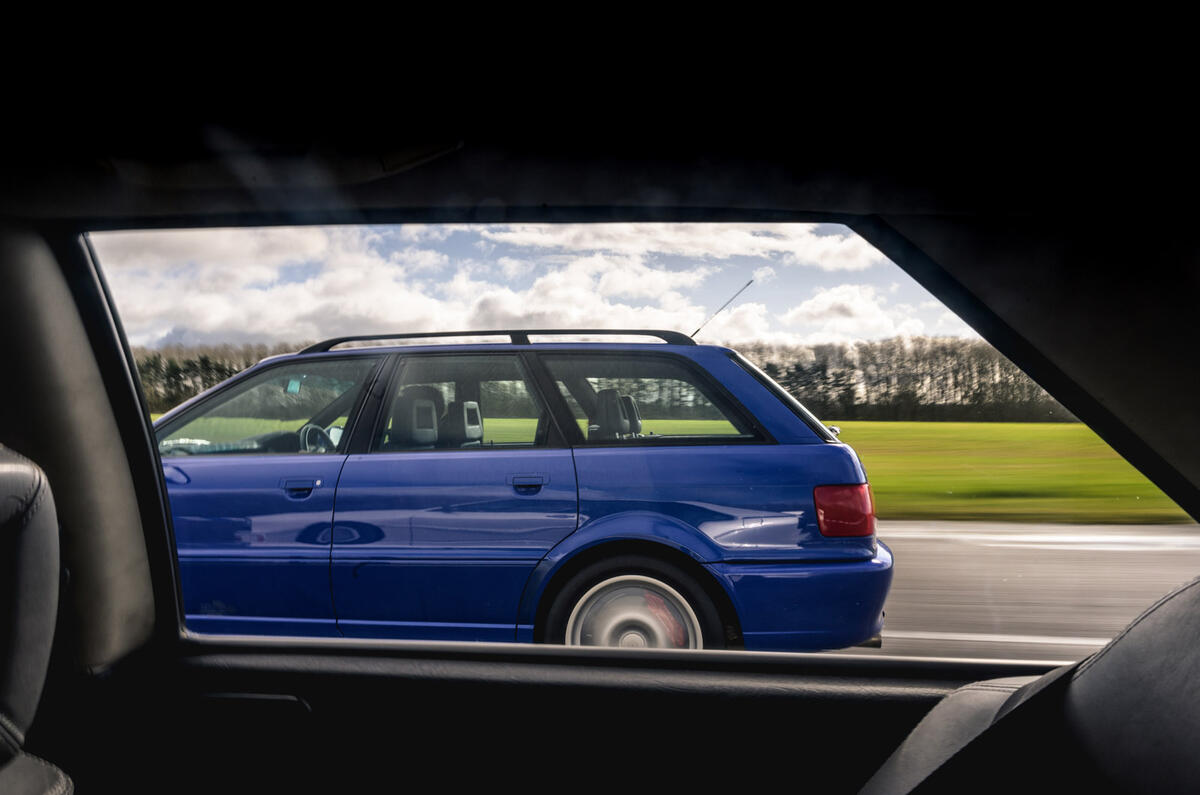
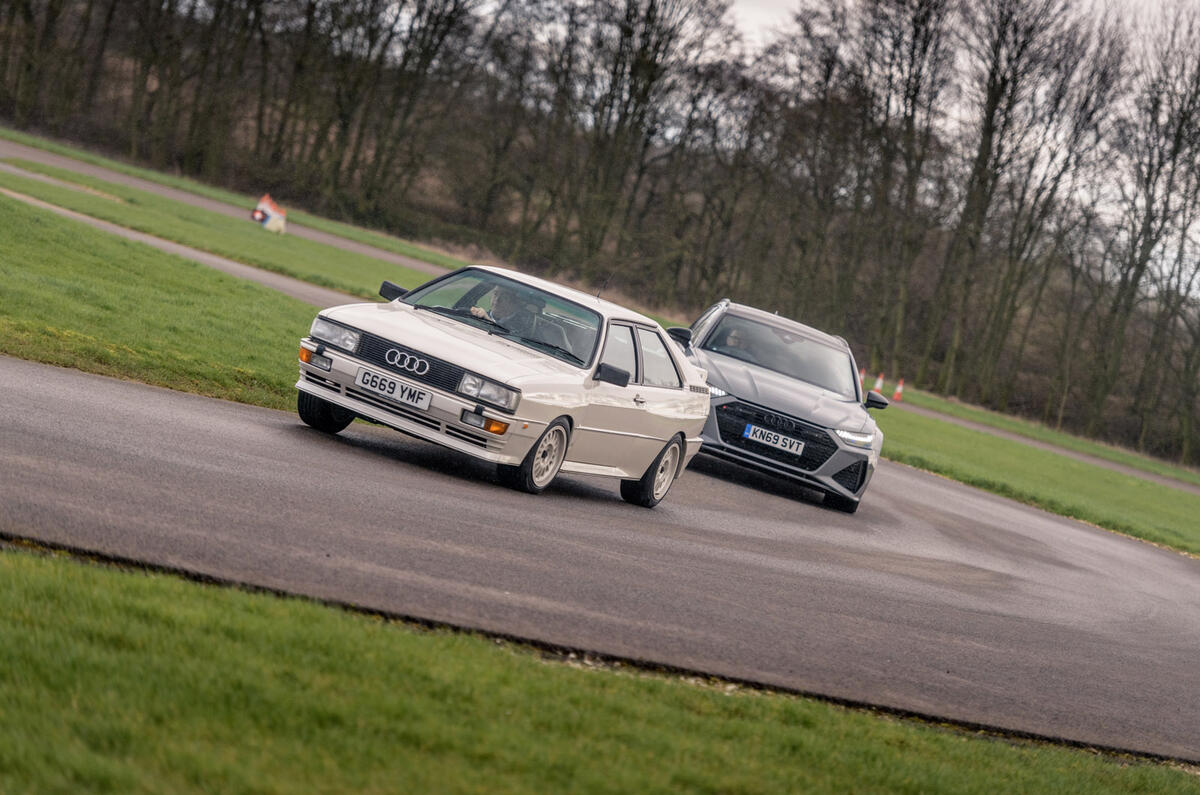
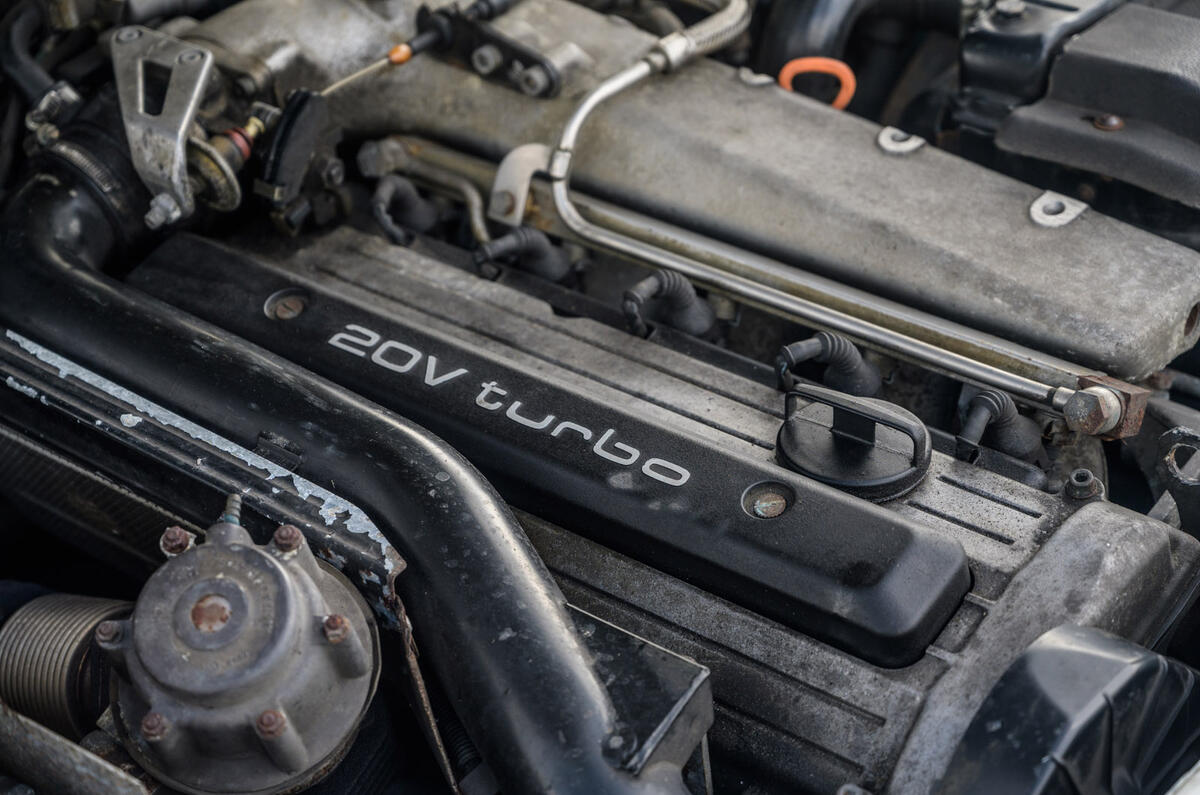
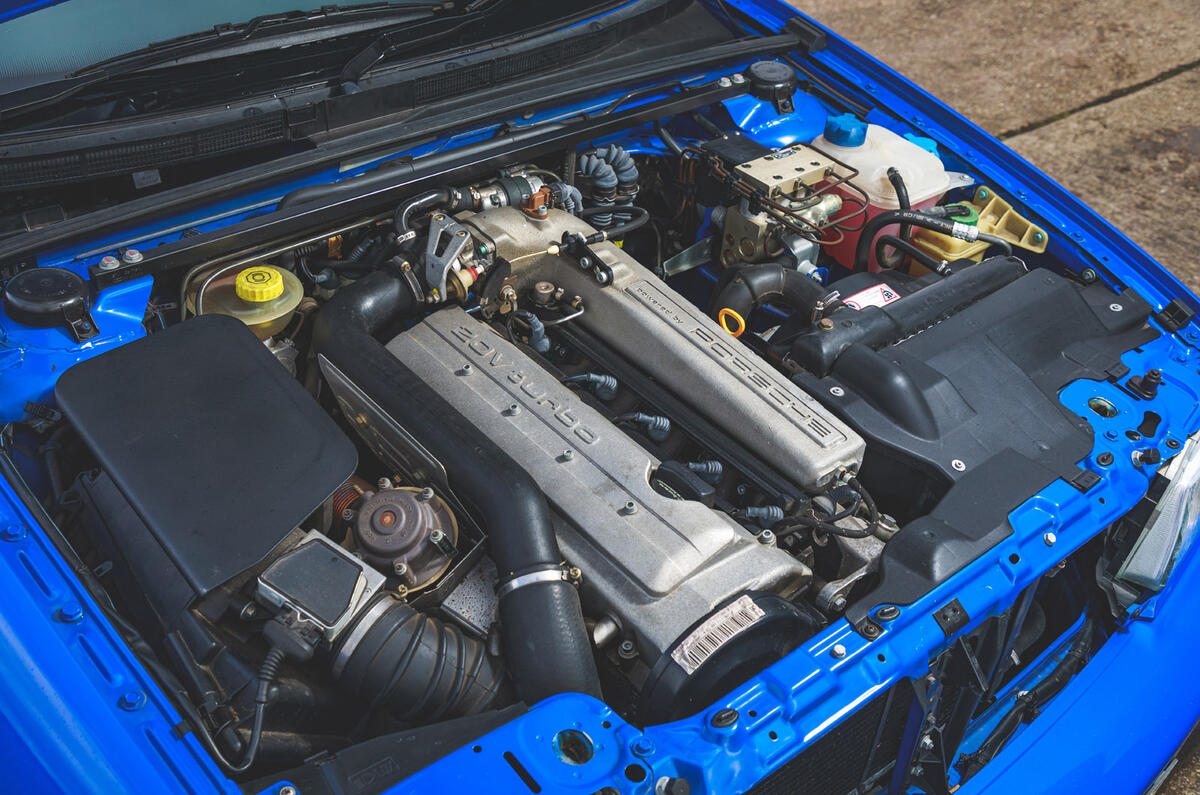
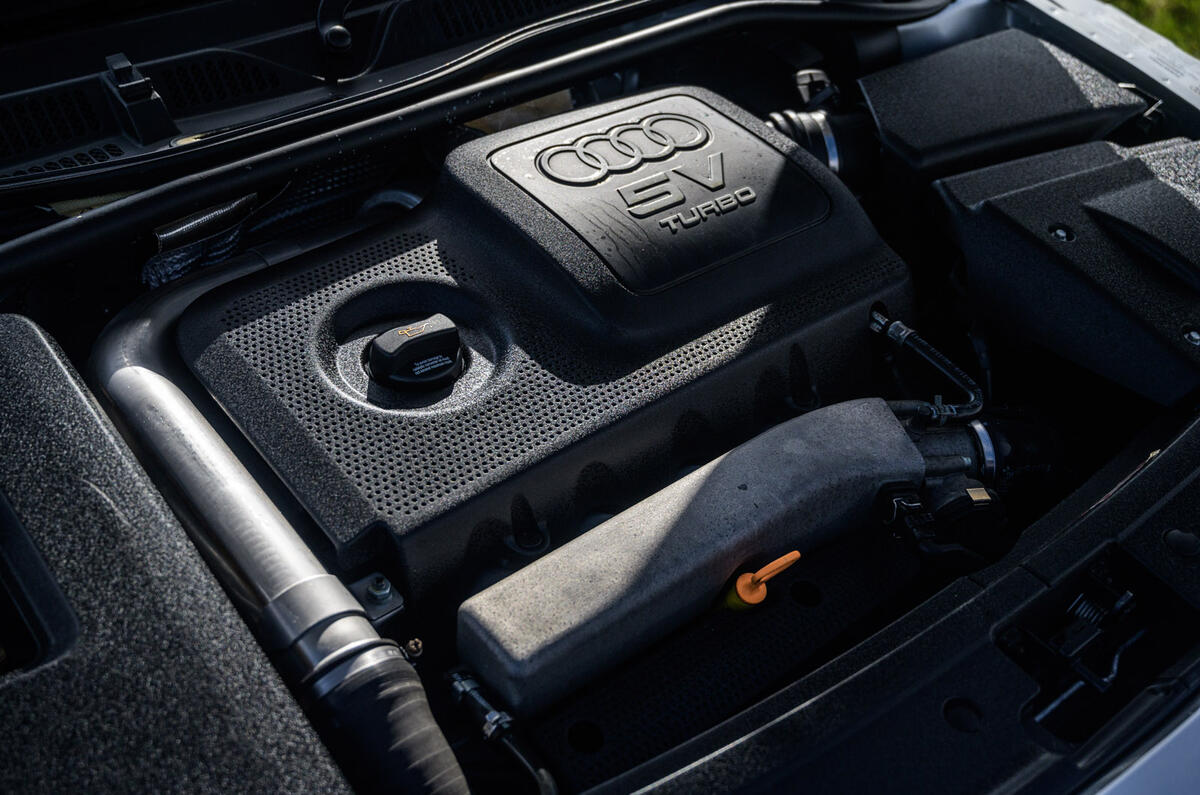
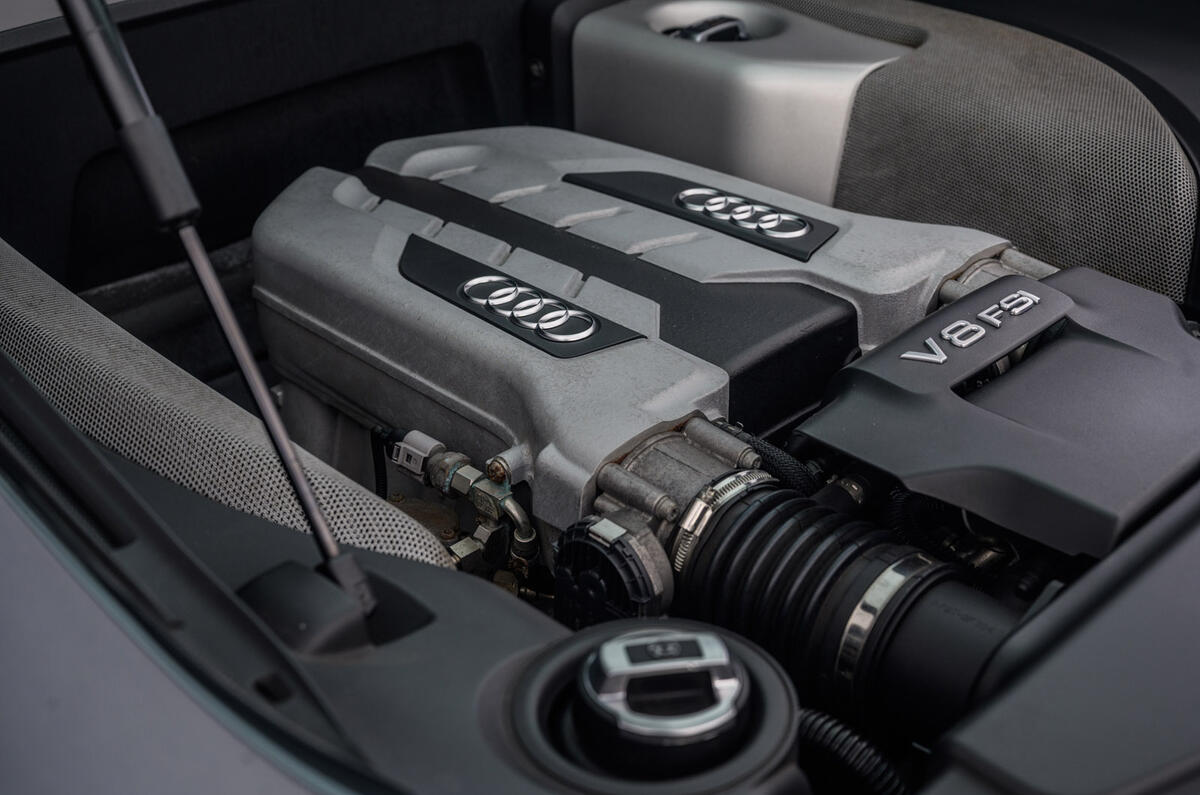
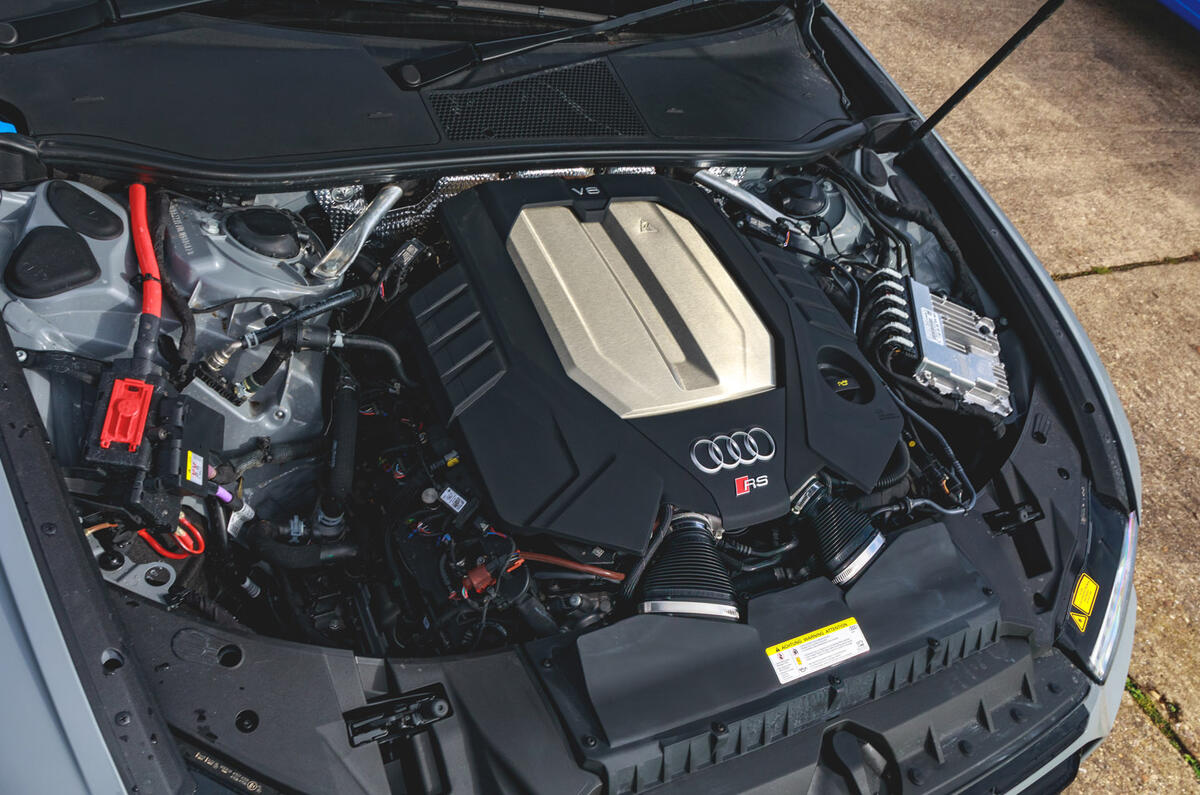
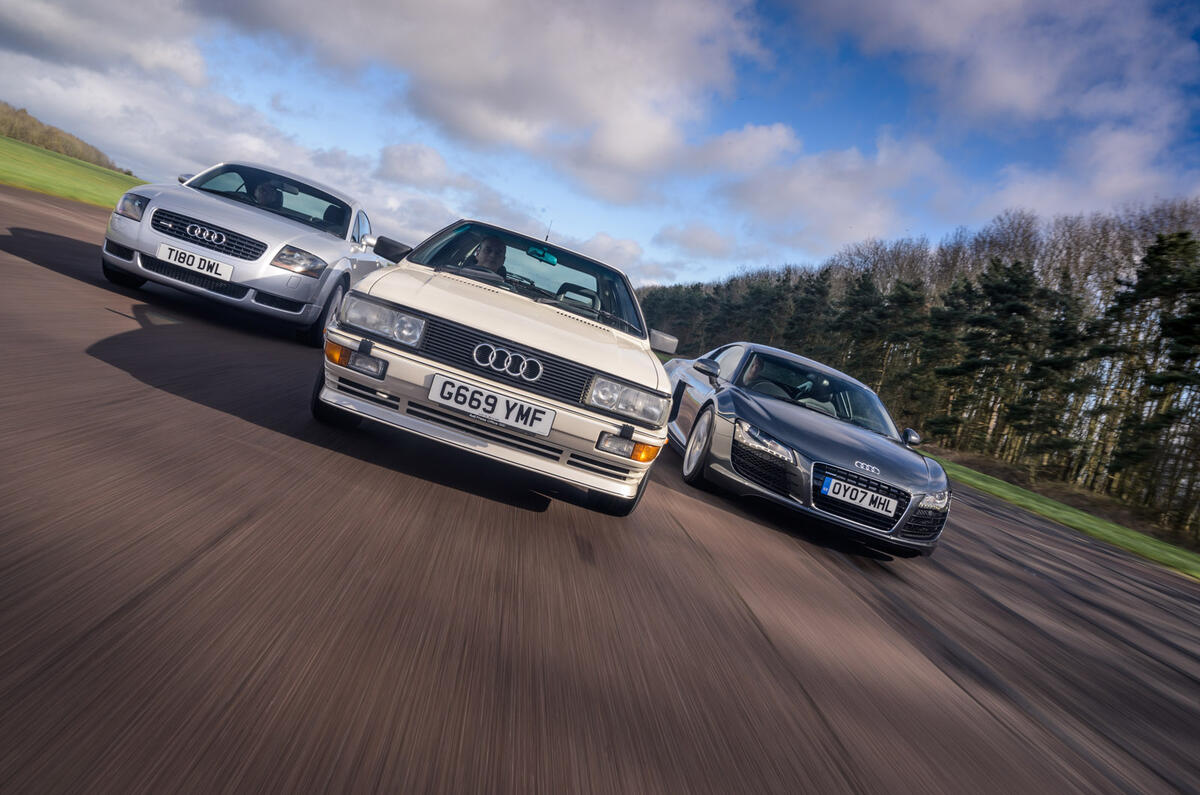
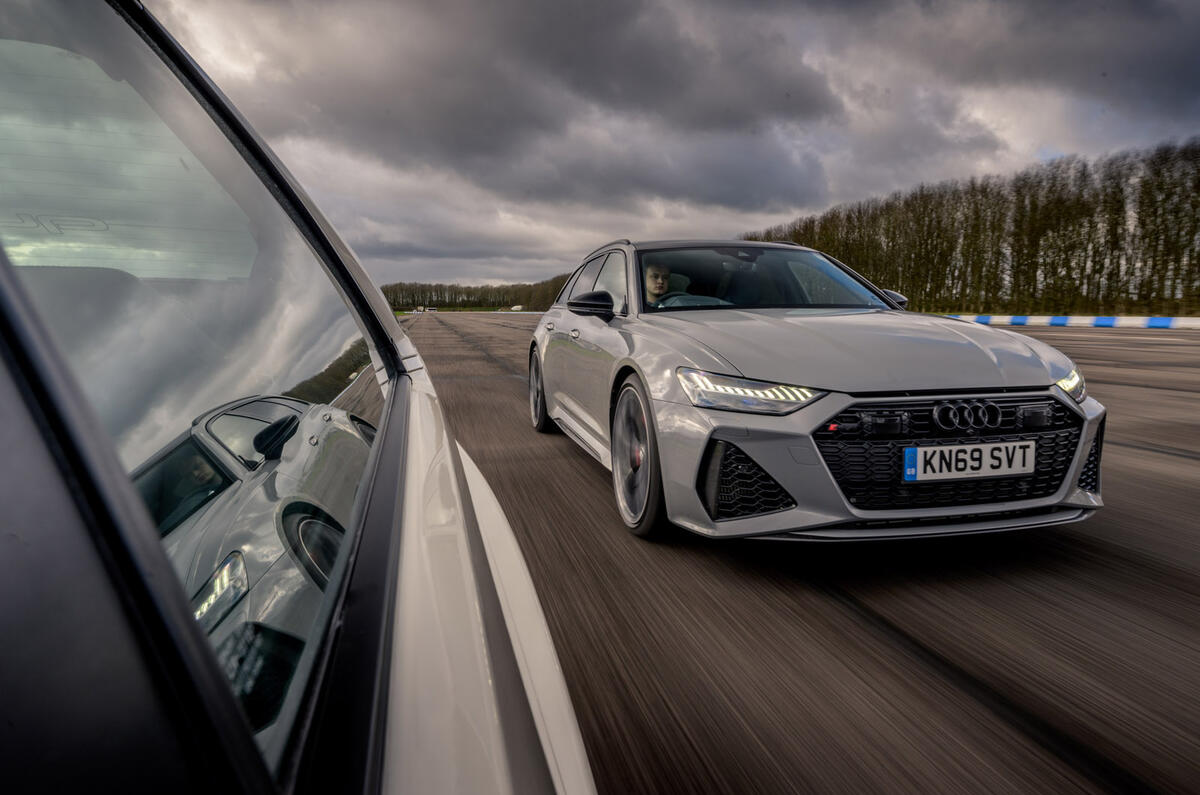
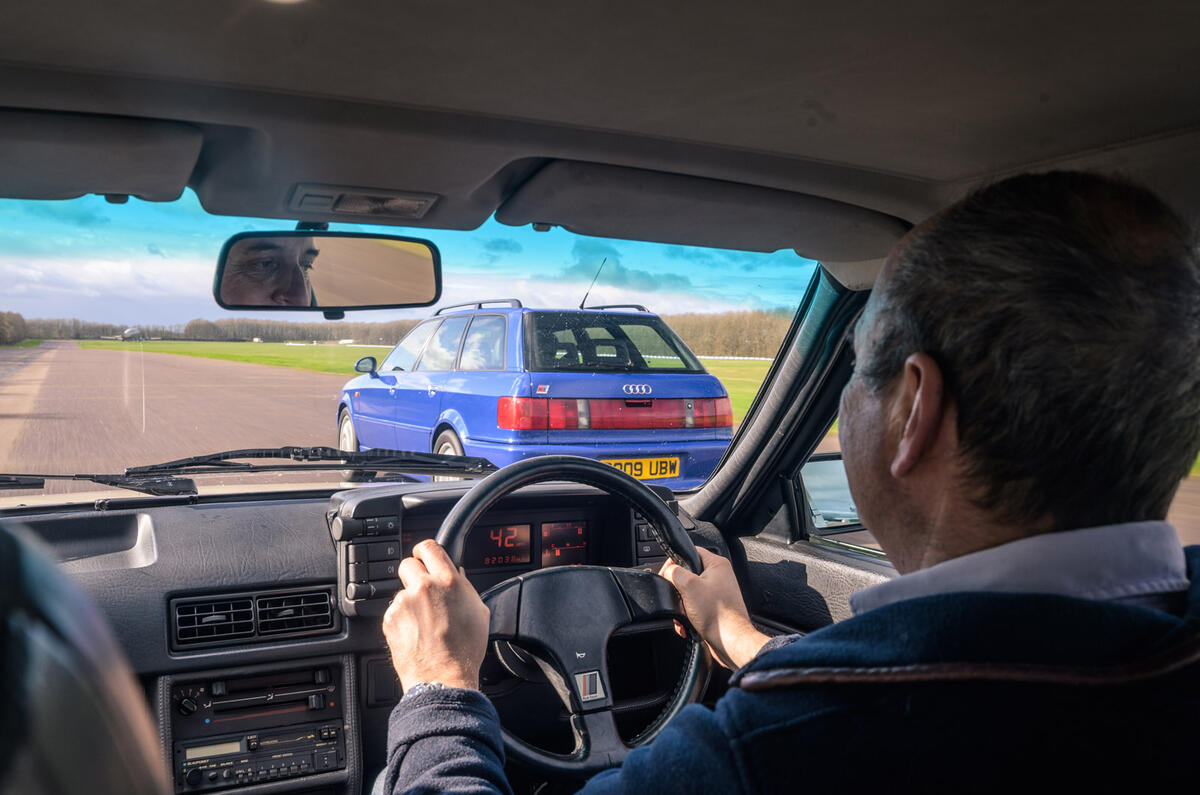

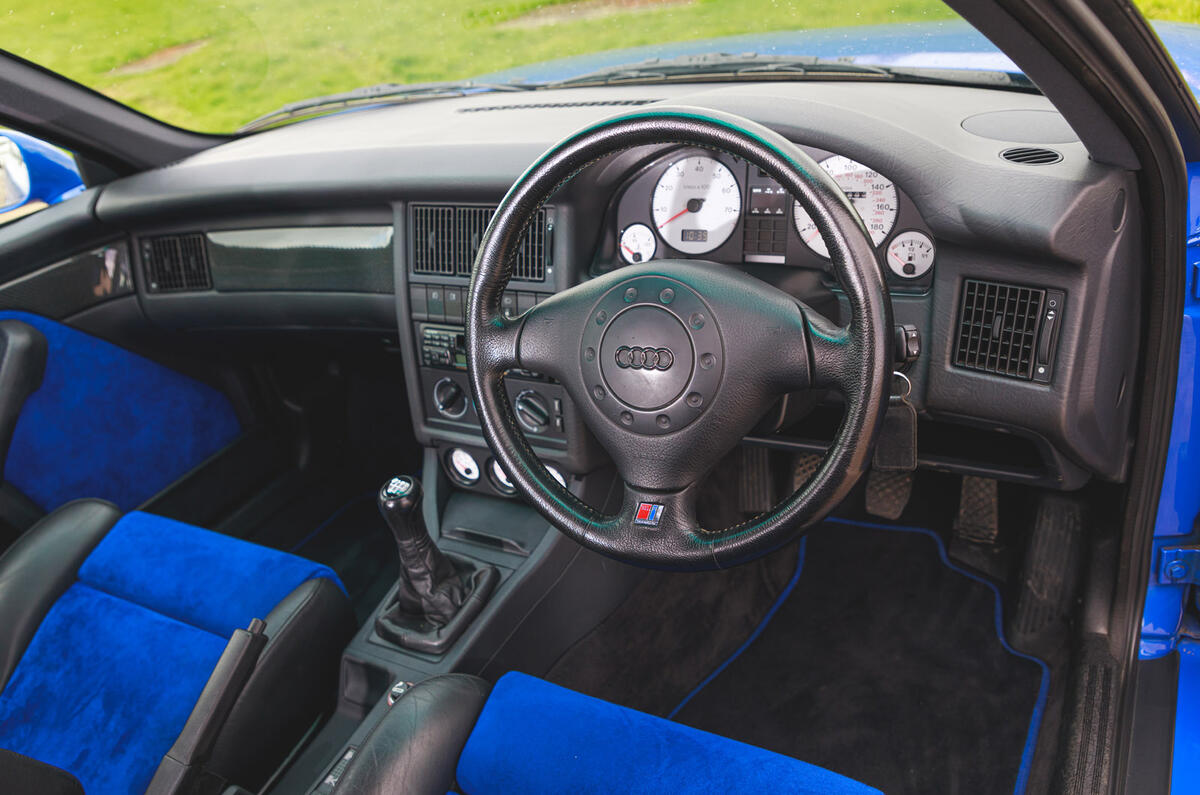
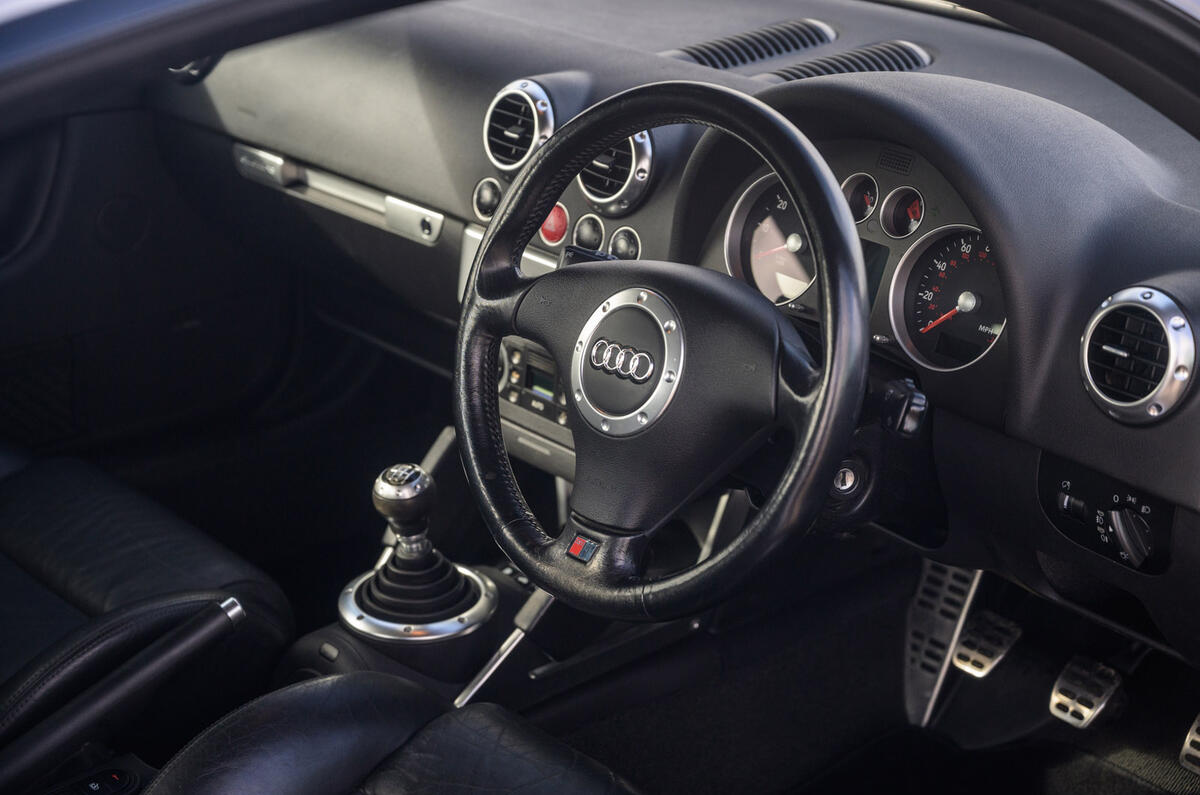
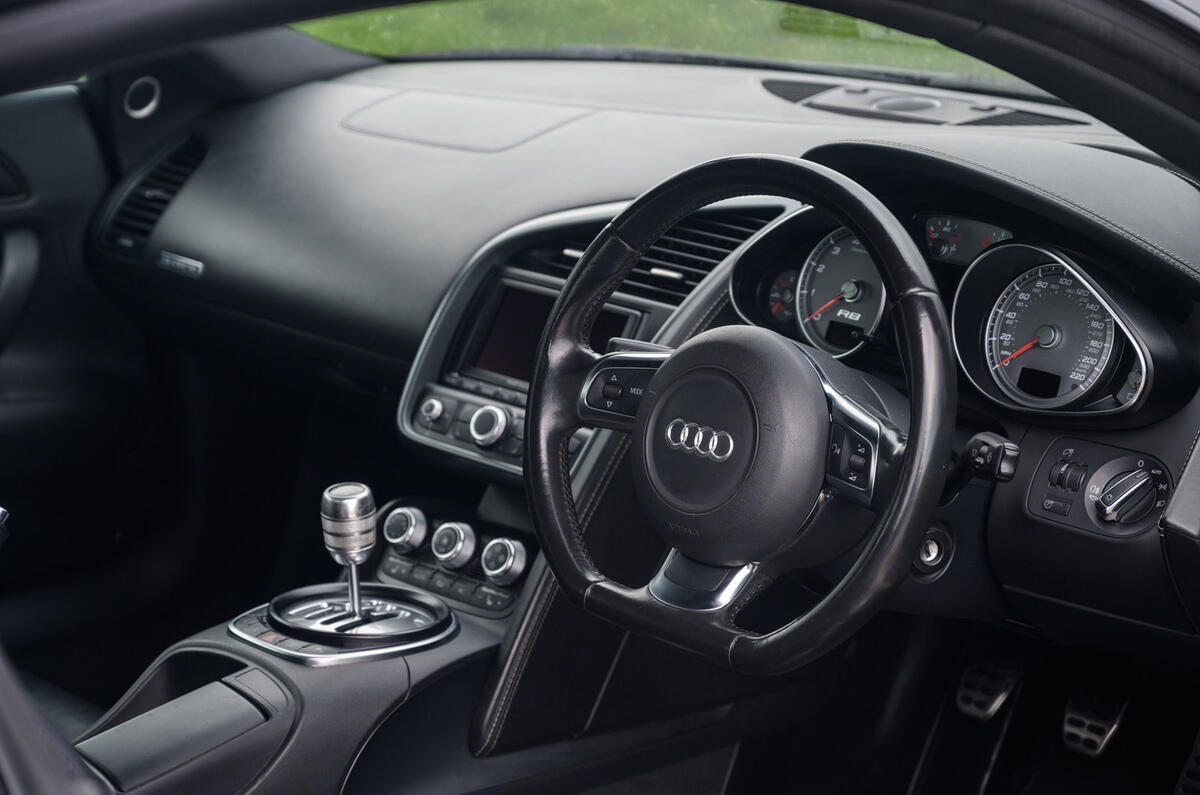
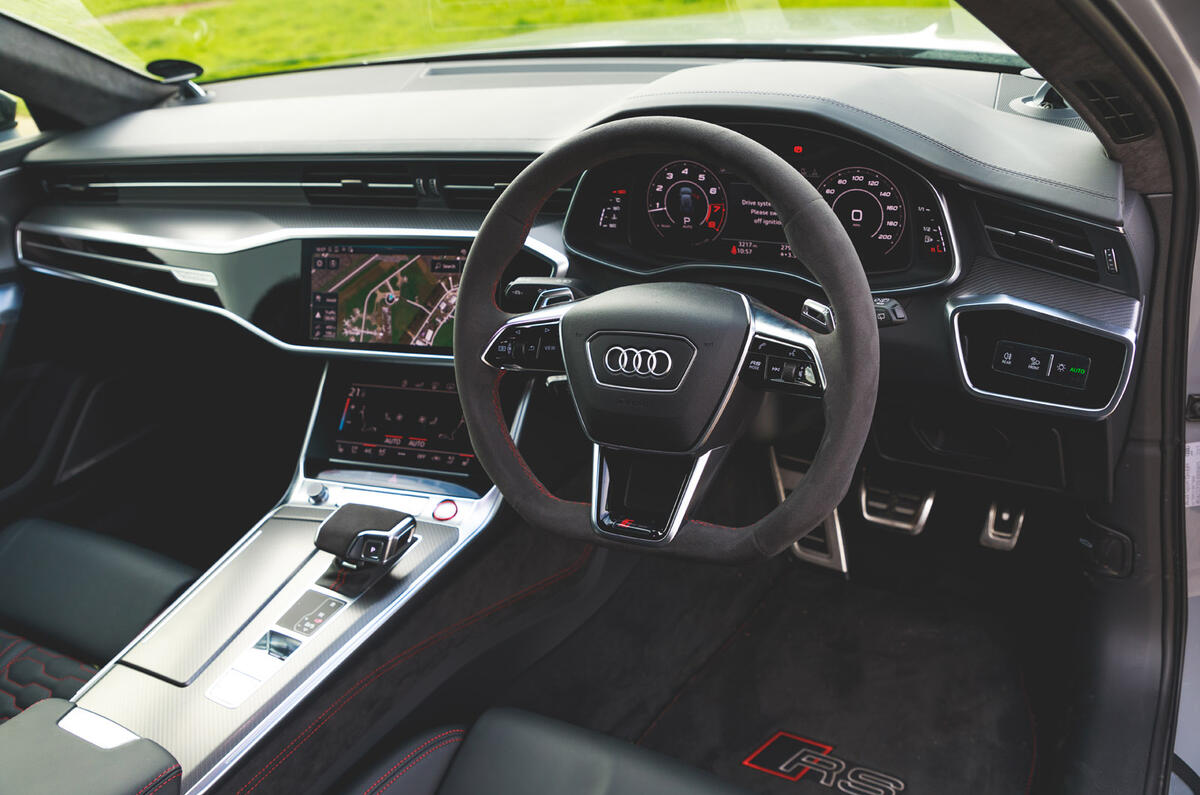
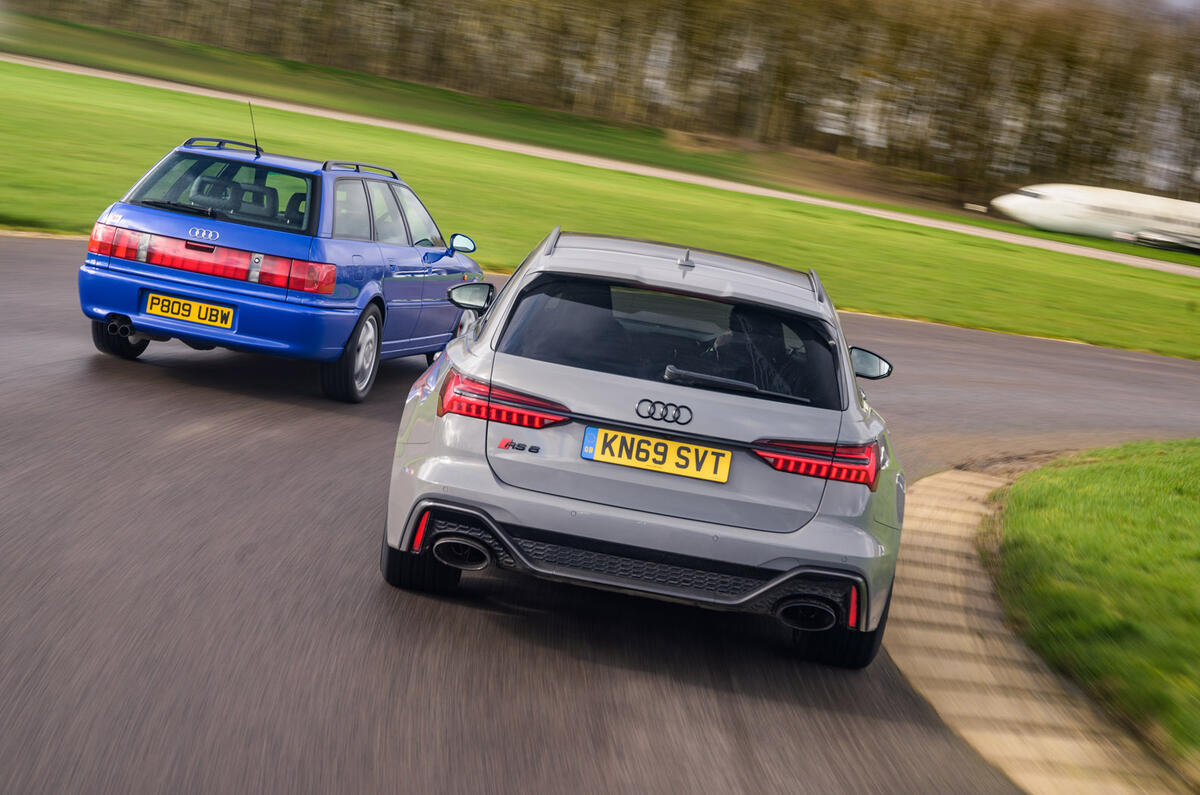
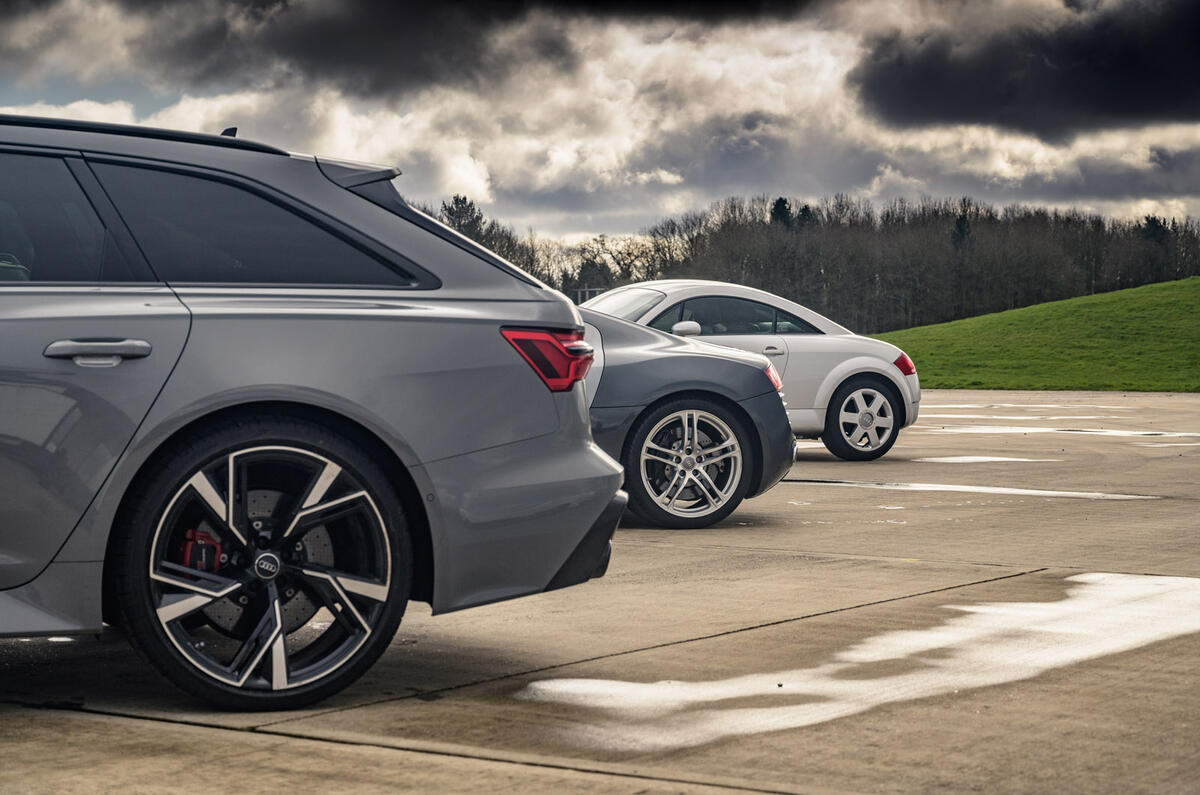
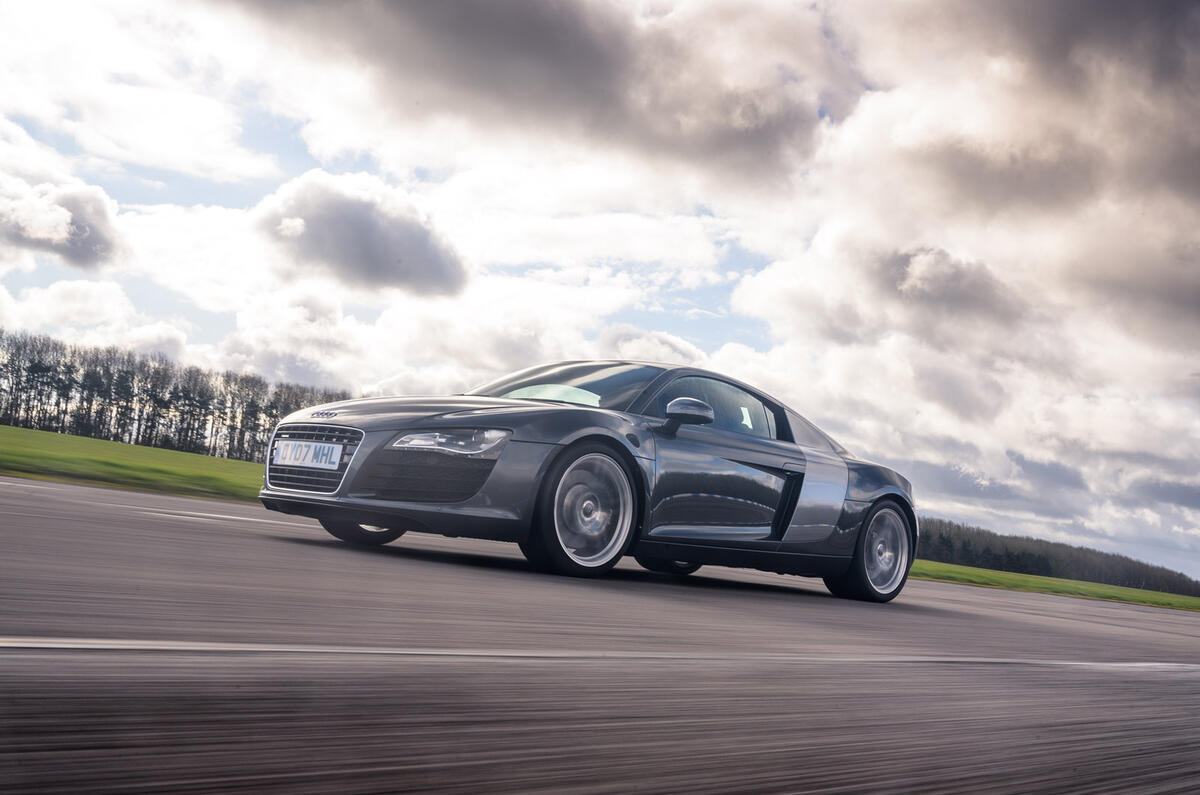
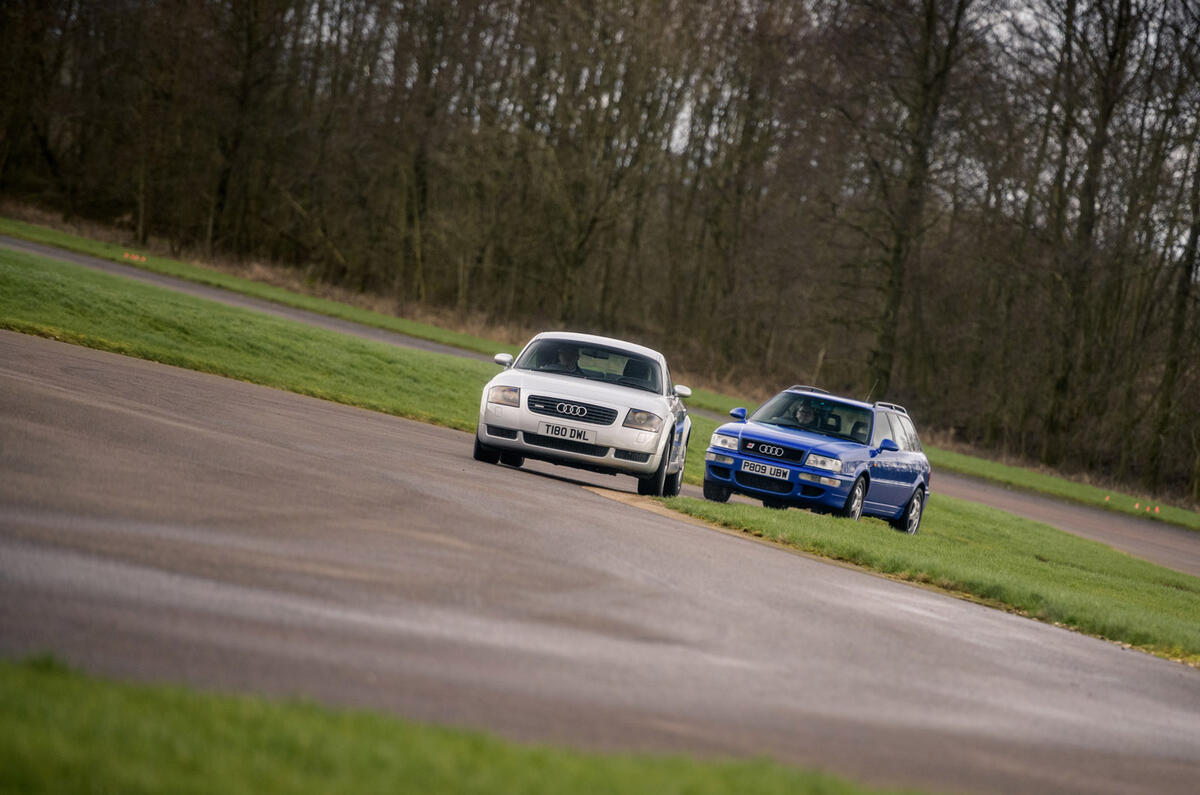
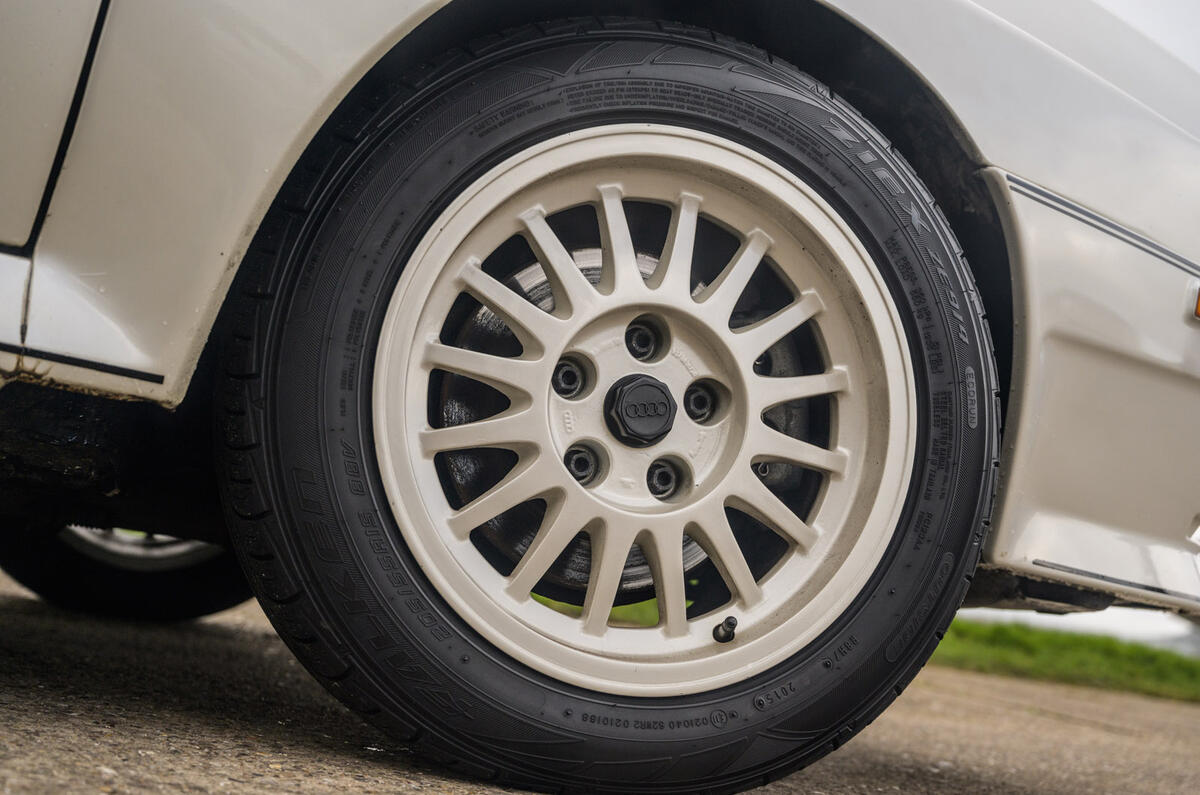
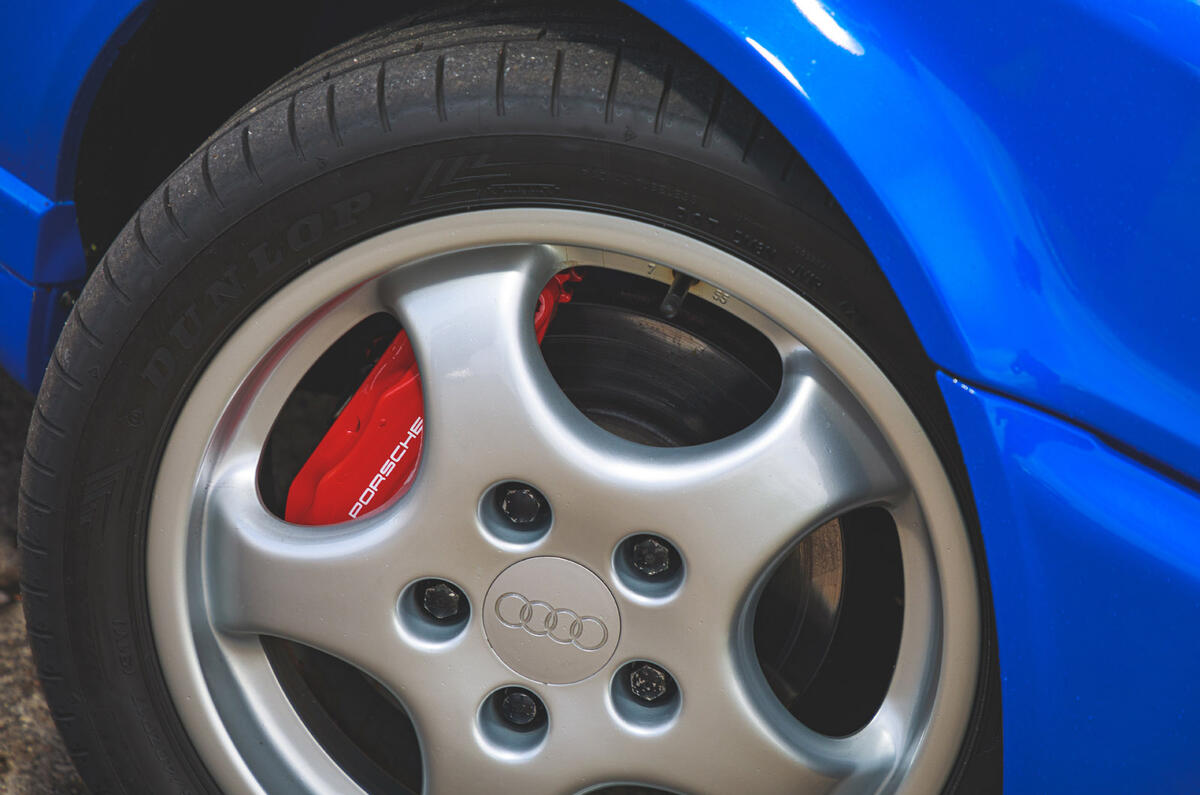
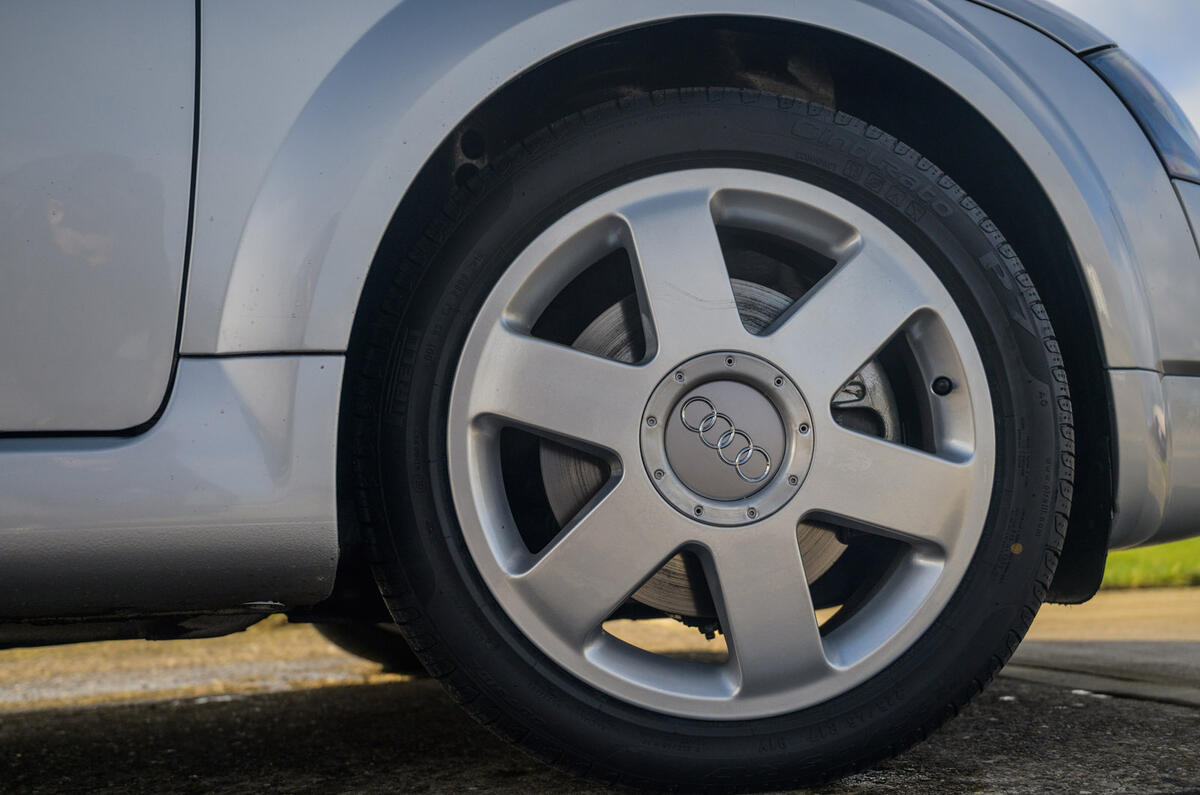

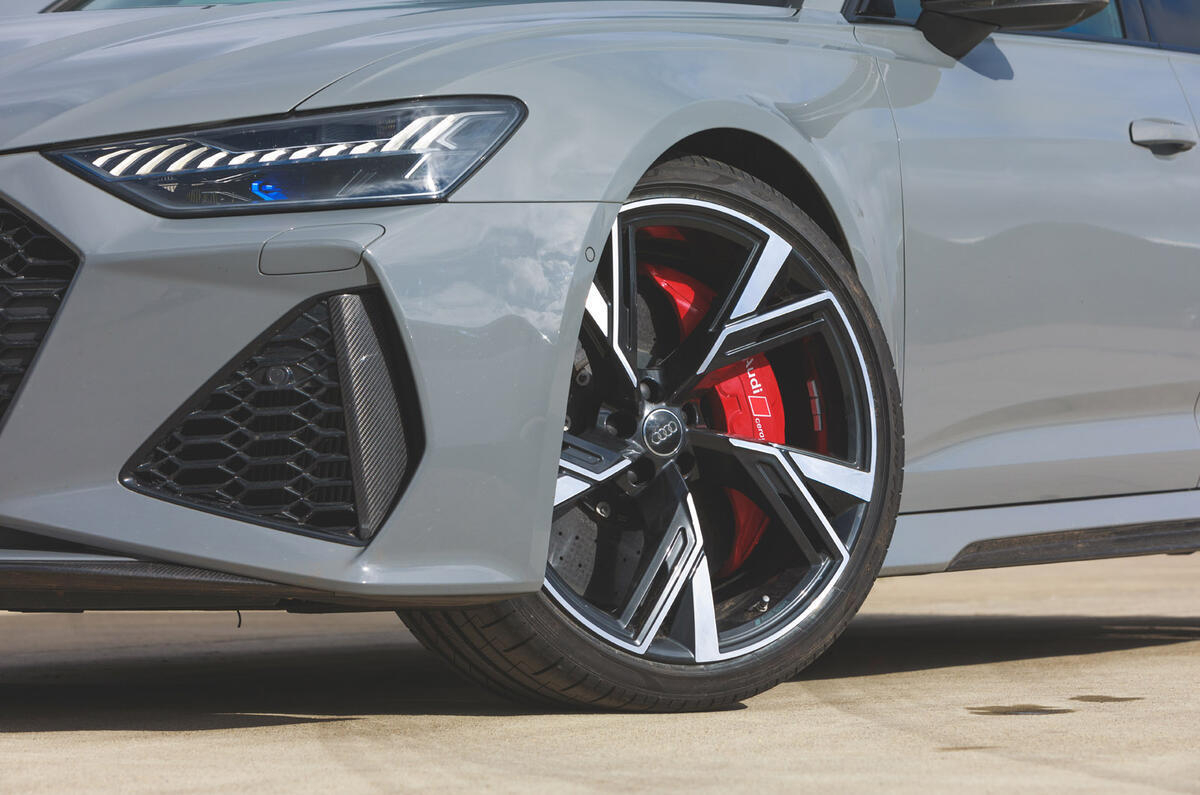
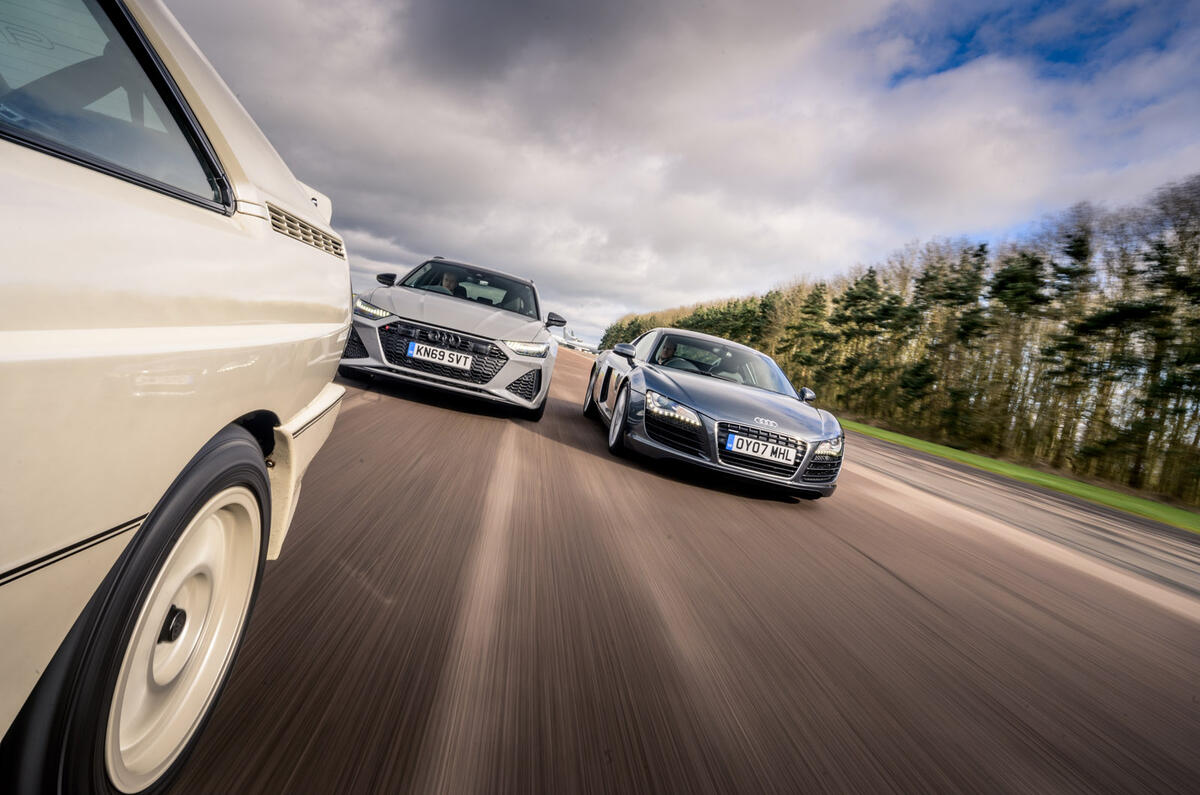
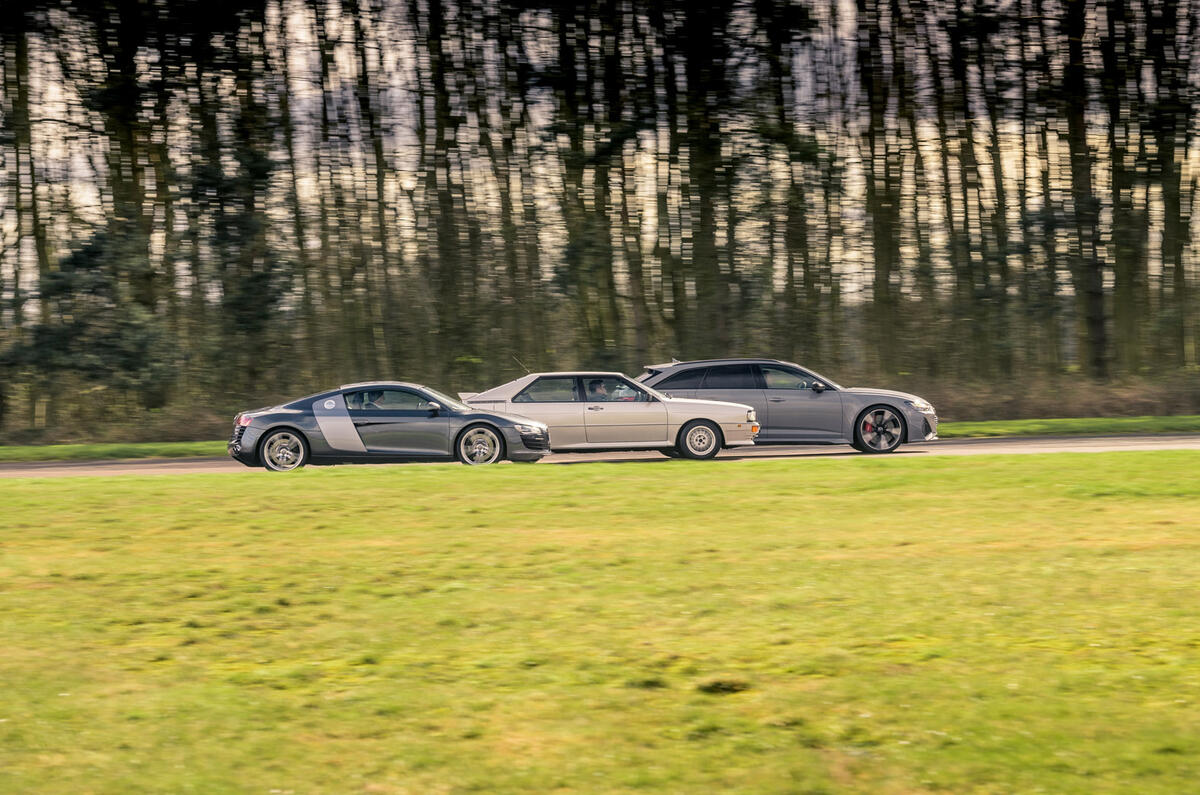
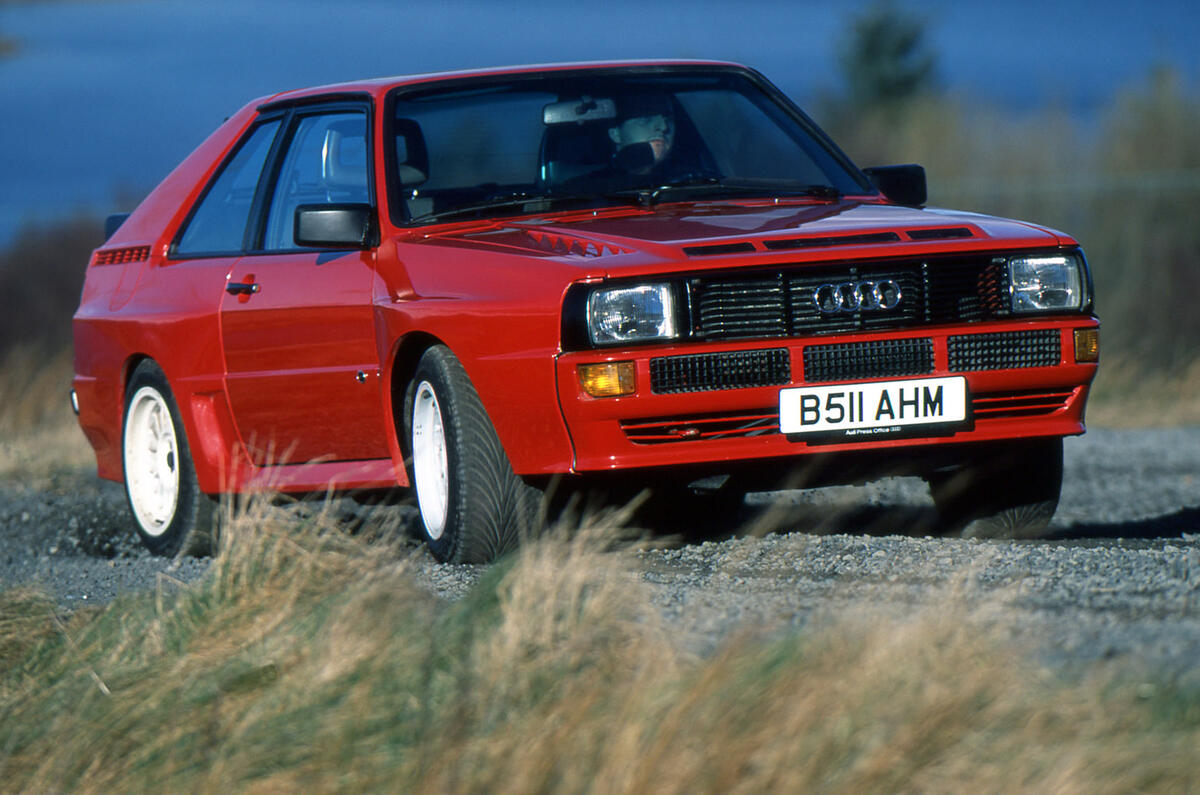
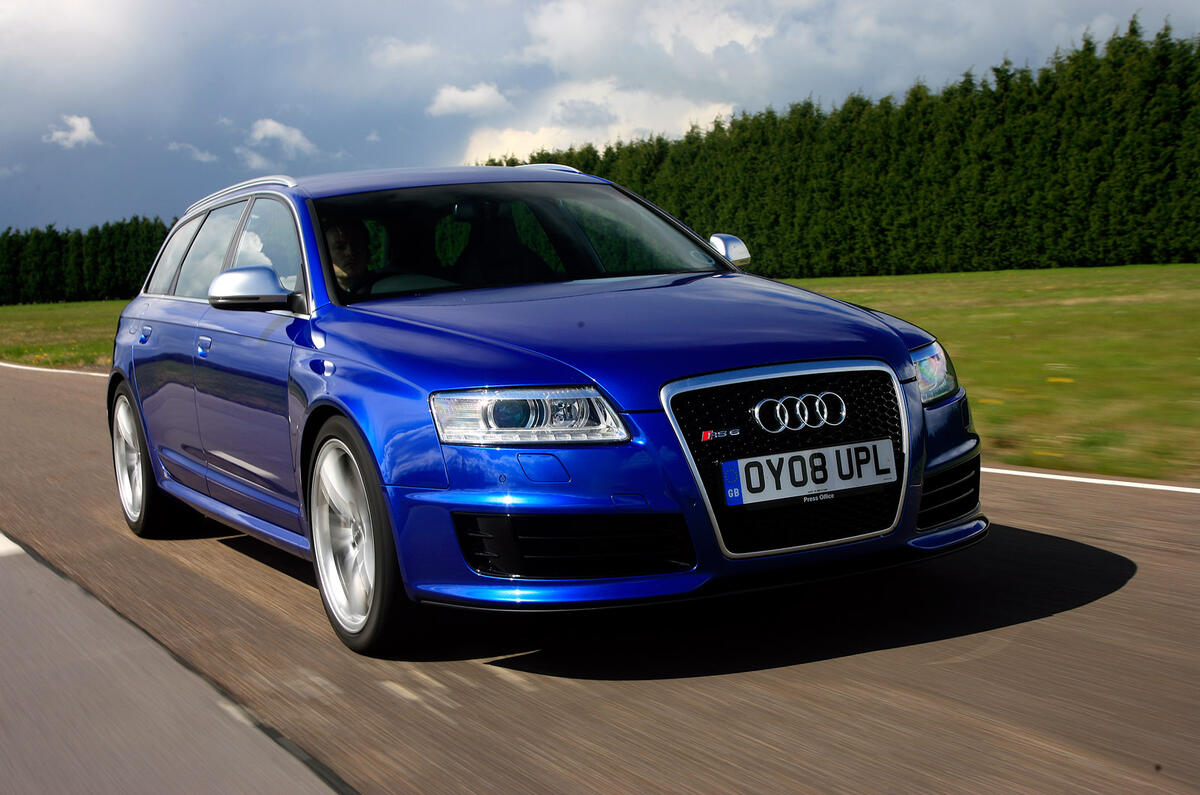
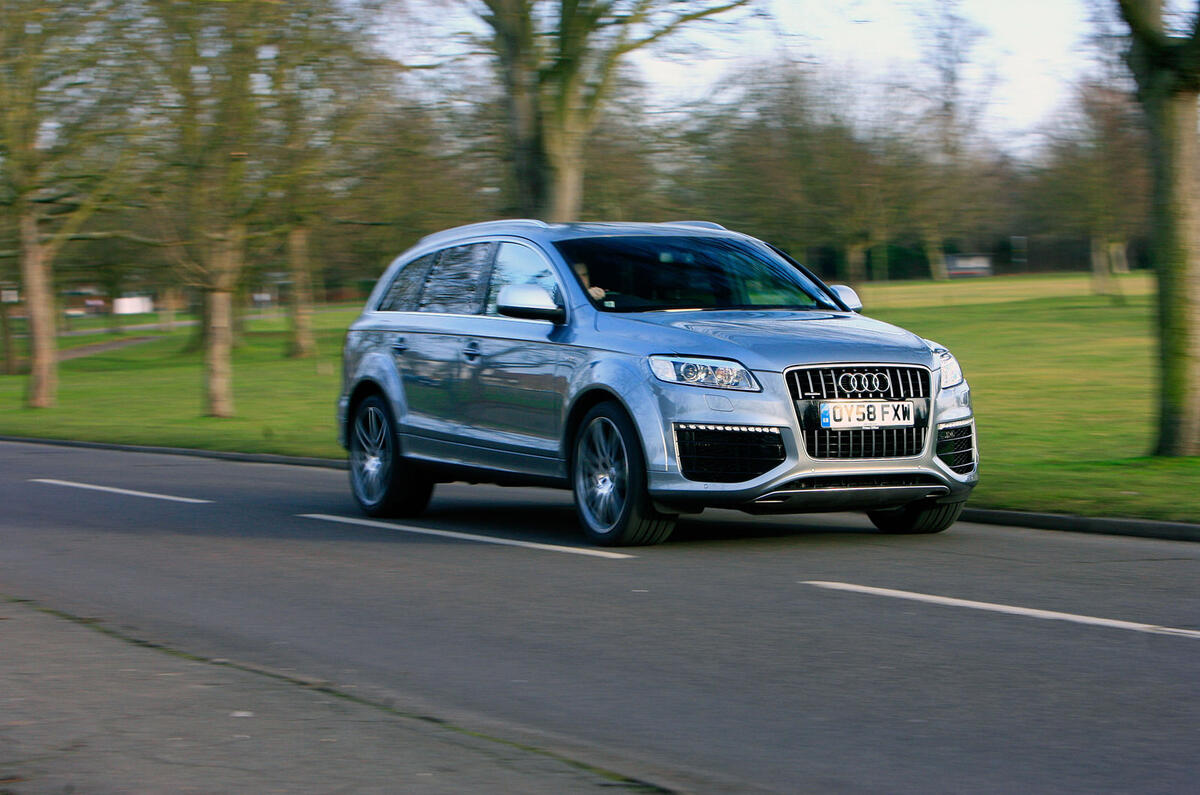
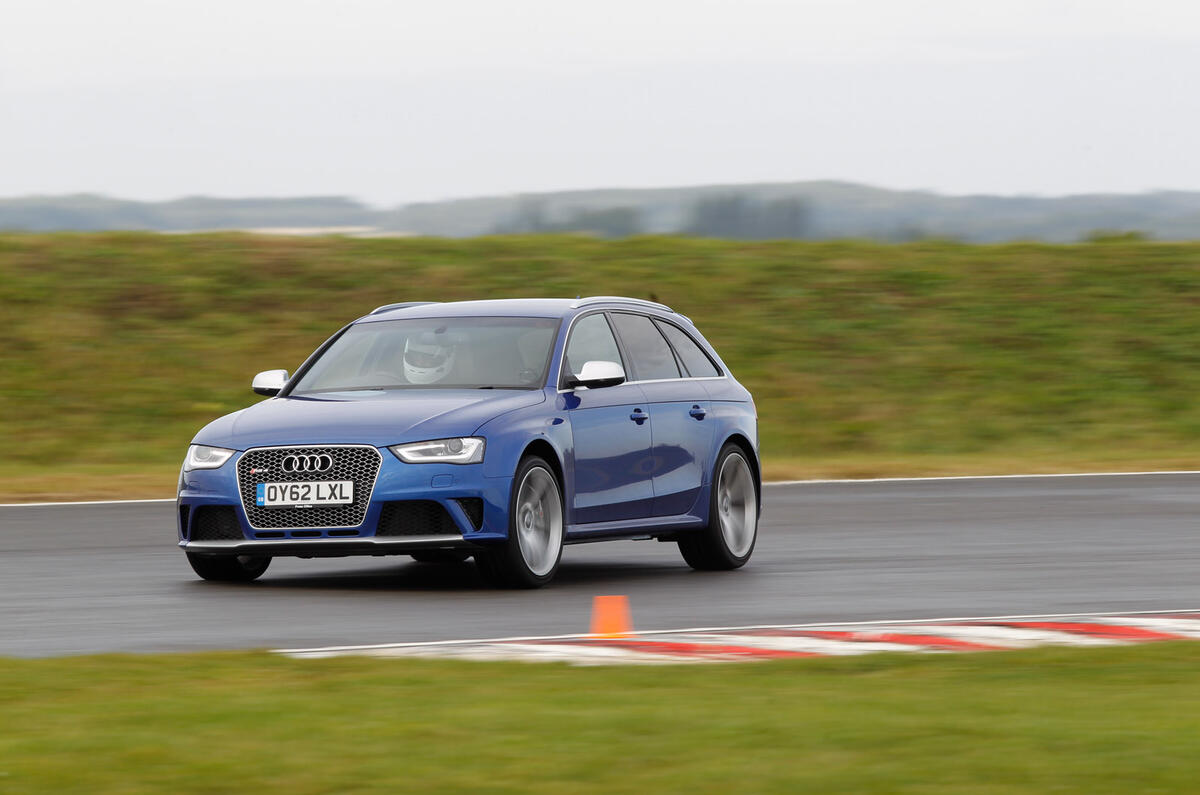

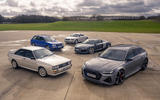
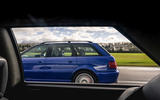
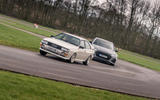
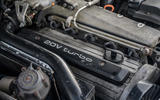
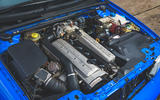
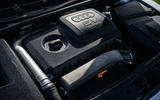
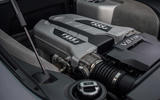
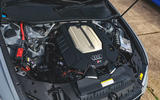
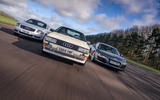
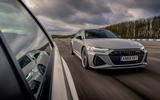
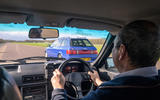
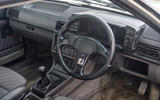
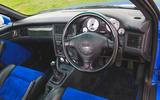
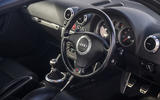
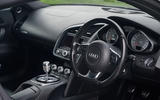
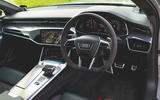
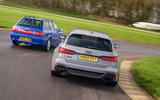
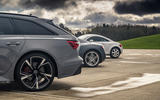
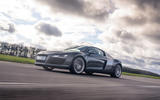
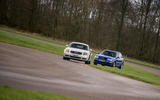

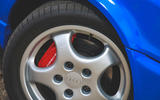
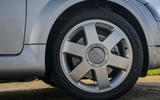
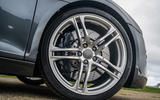
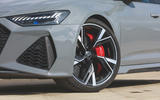

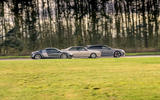
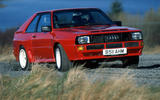
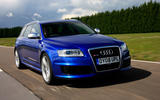

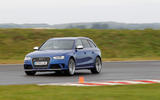
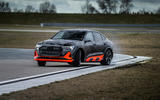


Join the debate
Add your comment
Quattro or quattro
Am I the only one who thinks that the quattro badge should only be used on Audis with permanent four wheel drive? The TT uses a Haldex system with native front wheel drive until the front wheels start to slip just like Mr Douglas' S3 above. I had a not too dis-similar experience in a Ford Explorer which is the other way around. 60mph on a wet curving motorway sliproad, rear stepped out and I was drifting a two tonne behemoth before drive was sent to the front and dragged me straight. Clean underpants needed afterwards.
Barleymo wrote:
Yes spot on. Would have been nice for Andrew to have included a first generation A8 or something instead.
4WD History
I couldn't hold my head up in any petrolhead conversation without mentioniong that it wasn't Aiudi that pioneered 4WD for road cars but of course Jensen in 1966. It took Audi another ten years to come up with an inferior systen (no unequal torque-split) and even longer to fit Anti-lock brakes which the Jensen FF had from the outset.
Audi has traded on it's saftey-related engineering ever since, but it's as well to remember what a small West Brom company achieved so many years before, with only a fraction of VAG's recources.
kid-jensen wrote:
True, but remember that the FF refers to the fact that the drivetrain wasn't all Jensen's work.
Dangers of the Audi quattro system
An interesting article, but you may not be aware that the Audi quattro system can also be quite dangerous. I bought my S3 brand new in 2016, and one day during the winter of 2017/18, was driving towards Coventry on the M6. It was a rainy day, so the traffic on all three lanes of the motorway was travelling at about the same speed, no more than 50 mph. Between the junction with the M1 and the junction at Rugby, a heavy snow shower started, and the traffic slowed even more. Everyone was being very careful. However, my S3 became virtually undrivable. The rear wheels would suddenly skid out, to left or right, then fishtail. This happened several times, despite the motorway being effectively straight and the traffic moving at about 40 mph. The skids had nothing to do with braking. I pulled off the motorway at the Rugby junction and stopped until my fear had subsided and the snow shower had ended.
My guess is that what was happening was something along the lines of that the front tyres were losing traction on the snow, and the quattro system was transferring power to the rear wheels which could not cope with the conditions either. However none of the other cars or lorries in the vicinity were having any problem with the conditions at all.
I mentioned this incident to my Audi dealer who said there was nothing they could do about it: the quattro system cannot be turned on or off manually. Frankly, it would be better if the quattro system were a proper 4wd system and could be switched on at those times when it is needed and off when it could be dangerous. It is genuinely brilliant at low speeds as you can keep going over snow like a Land Rover (well, nearly!), but in a snow shower, going at moderate speed in a straight line, if the quattro system kicks in, you could cause an accident, find yourself in a ditch, or worse.
I have kept the S3 because it is a good car in many other respects, but I do caution others to be aware of this problem with it.
Phillip, your S3 doesn't have
Phillip, your S3 doesn't have the Audi Quattro system. It has a transverse FWD platform with a Haldex clutch transferring power to the rear wheels when deemed necessary.
I know that Quattro is a brand rather than a technology these days, but I don't believe the TT should have featured in this article, for the same reason. Lots of cars have 4WD these days. But Quattro was a specific solution, and the lineage runs through to the RS6 today (but definitely not anything spun off VW's MQB platform).